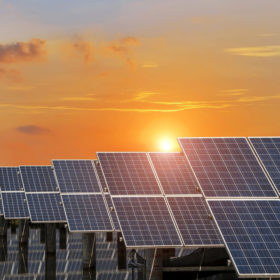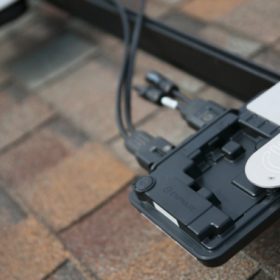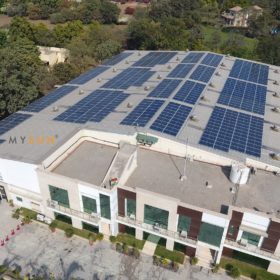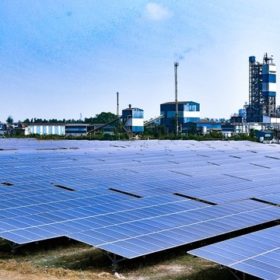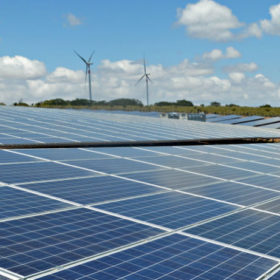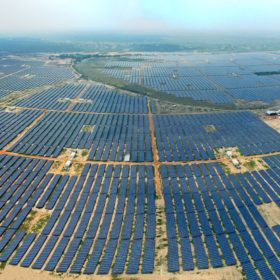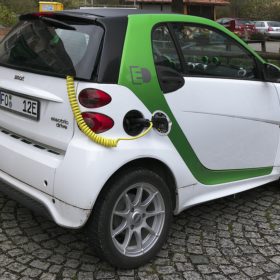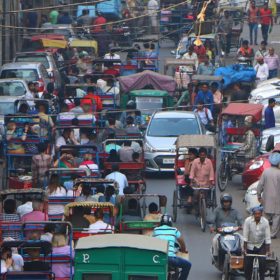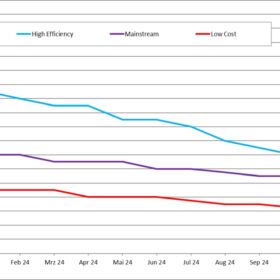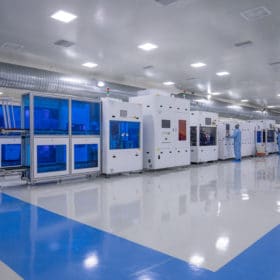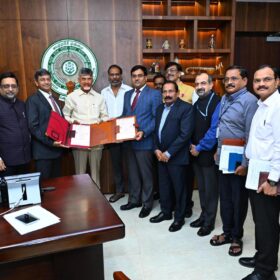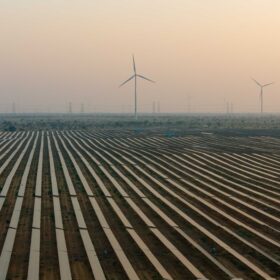Greenko to buy Orange Renewable for $1 billion
Greenko, backed by Singapore’s GIC and the Abu Dhabi Investment Authority, is set to buy the solar and wind portfolio of Orange Renewable. The move will constitute Greenko’s largest acquisition and will add 1 GW to its operational capacity to raise the company’s portfolio to 4.2 GW, just shy of the capacity held by ReNew Power Ventures, the country’s largest renewable energy company.
Enphase Energy to Set Up 4.5MW Solar PV Plant in India
Located in Hosapet, Bengaluru, this solar PV power plant will be the largest Enphase microinverter-based solar installation globally. Occupying 72,843 sq.m (18 acres) and powered by 13,235 microinverters, it will provide more than 7500 MWh of clean power annually to businesses in the state of Karnataka through a mix of short- and long-term power purchase agreements
India’s rooftop sector still lagging behind
With barely 1.8 MW solar power (roof top) achieved in the first month of the 2018-2019 financial year, against the end of year target of 1000 MW, India’s solar dreams are hitting massive rooftop blocks. Grid-interactive solar power (ground mounted) has fared better, achieving 231.81 MW against the EoY 10 GW target.
Statkraft acquires BLP’s shares in distributed solar venture
Statkraft and Bharat Light and Power (BLP) have decided to end their partnership for distributed solar PV solutions. As per the agreement, BLP will sell its stake in joint venture Statkraft BLP Solar Solutions (SBSS) to Statkraft.
MNRE to support 2.5 GW wind-solar hybrid projects
India’s Ministry of New & Renewable Energy has announced a Scheme for setting up of 2.500 GW Inter-State Transmission System (ISTS)-connected wind-solar hybrid projects.
Energy storage will be a challenge as India targets 100 GW solar PV capacity
For off-grid solar PV installations, the high cost of batteries is the biggest bottleneck. However, the cost of storage is expected to drop as technology advances and volumes go up.
Solarpack wins 133 MWp Karnataka contract
Solarpack, a Spanish solar plant developer, has won the contract to develop five solar photovoltaic plants with a total power of 133 MWp in the Indian state of Karnataka.
Affordability and lack of charging points stalls electric vehicle take-up in India: Bloomberg
Bloomberg New Energy Finance says EVs will make up only 7% of new car sales in nation by 2030, compared to a predicted 44% for European sales, 41% in China, 34% in the US and 17% in Japan
India may miss solar PV target, says CEO survey
The country will achieve solar PV capacity of 50 to 75 GW by 2022 – a little over 60% of the 100 GW target. Total rooftop capacity will be less than 10 GW.
By 2030, EVs could outnumber the total vehicles in India today
To smoothen this transition, the country needs to build fast solar PV-powered charging stations. In 2017, there were only 220-250 operational charging stations in India, compared to 56,000 petrol stations.
